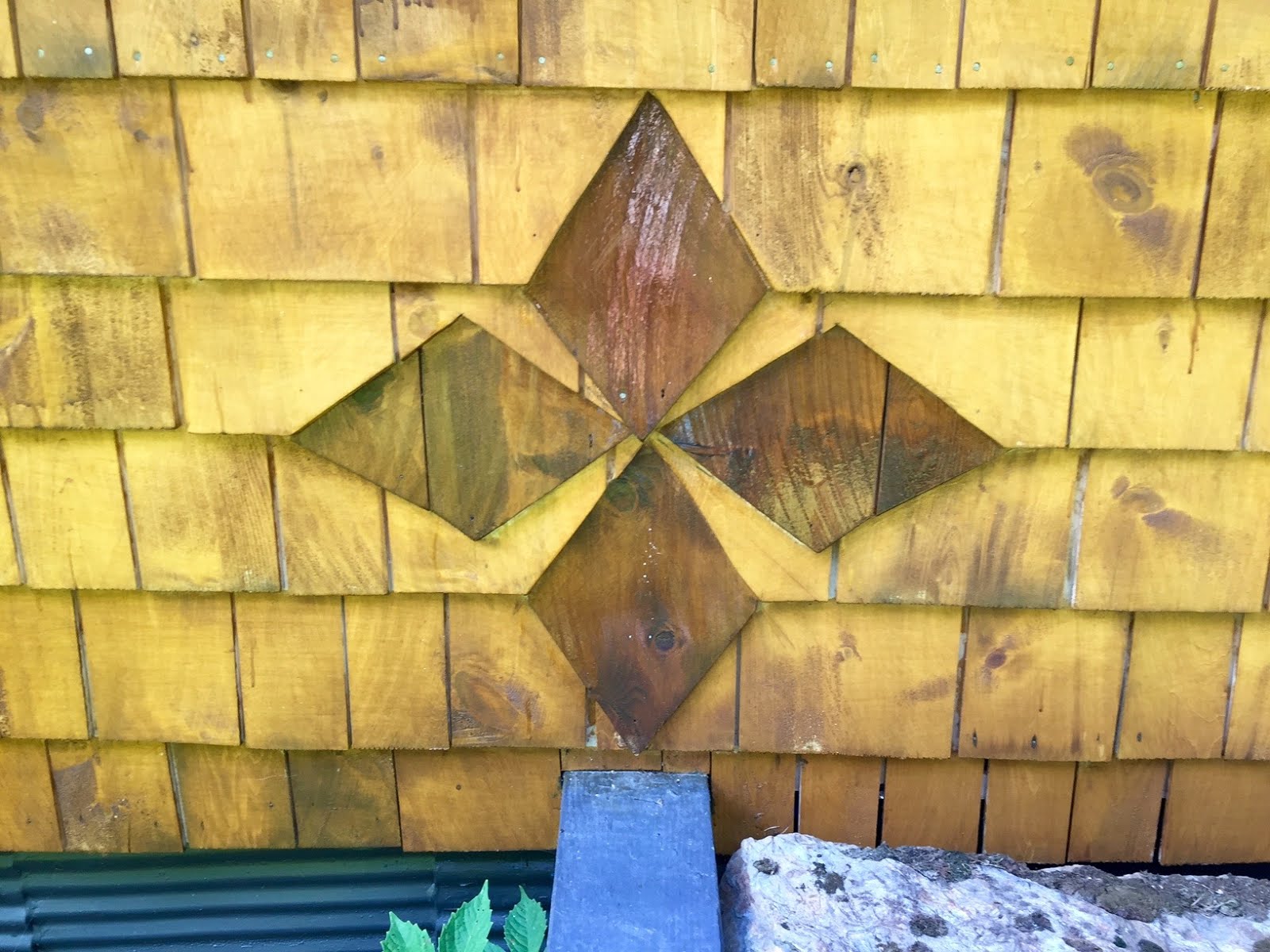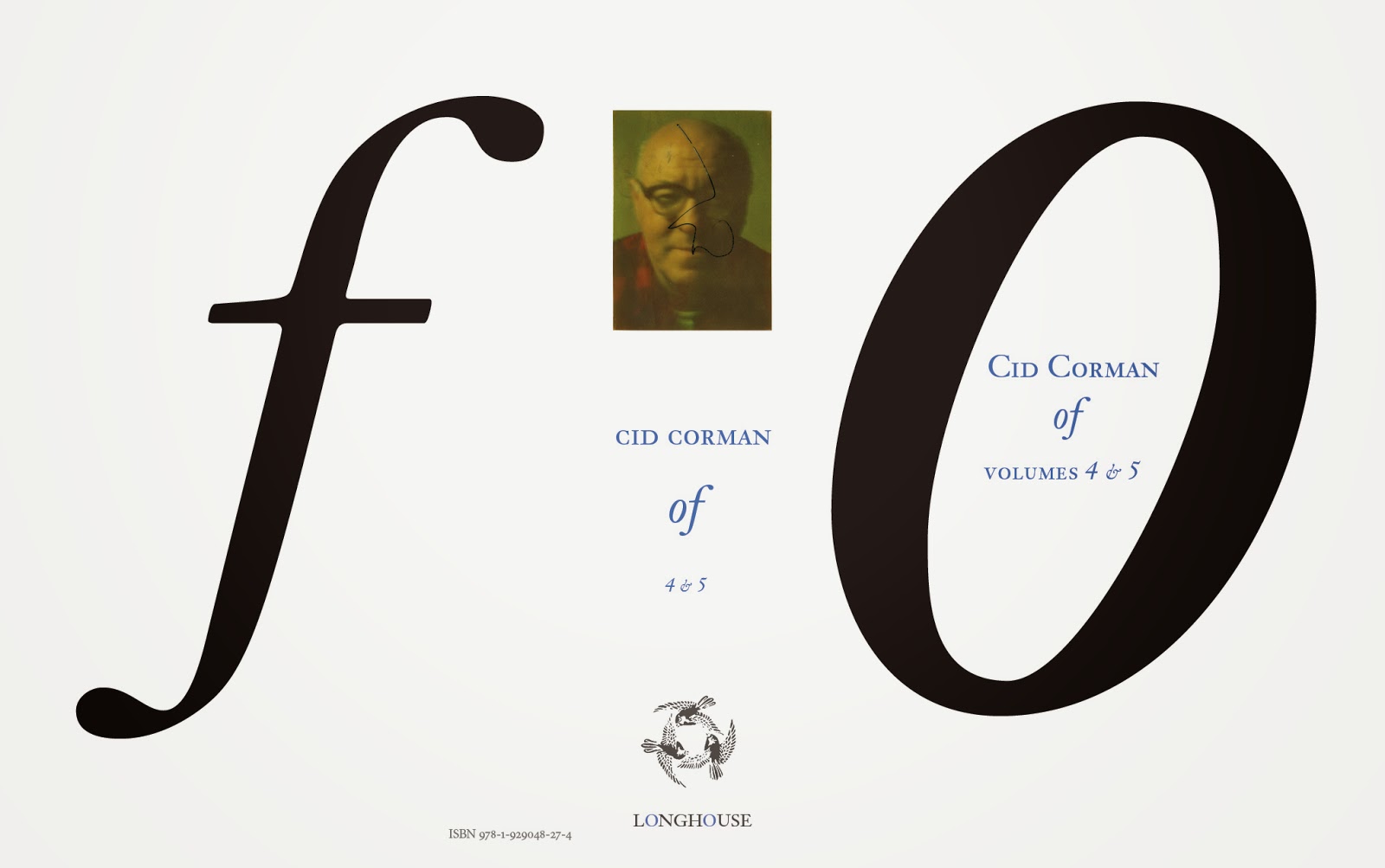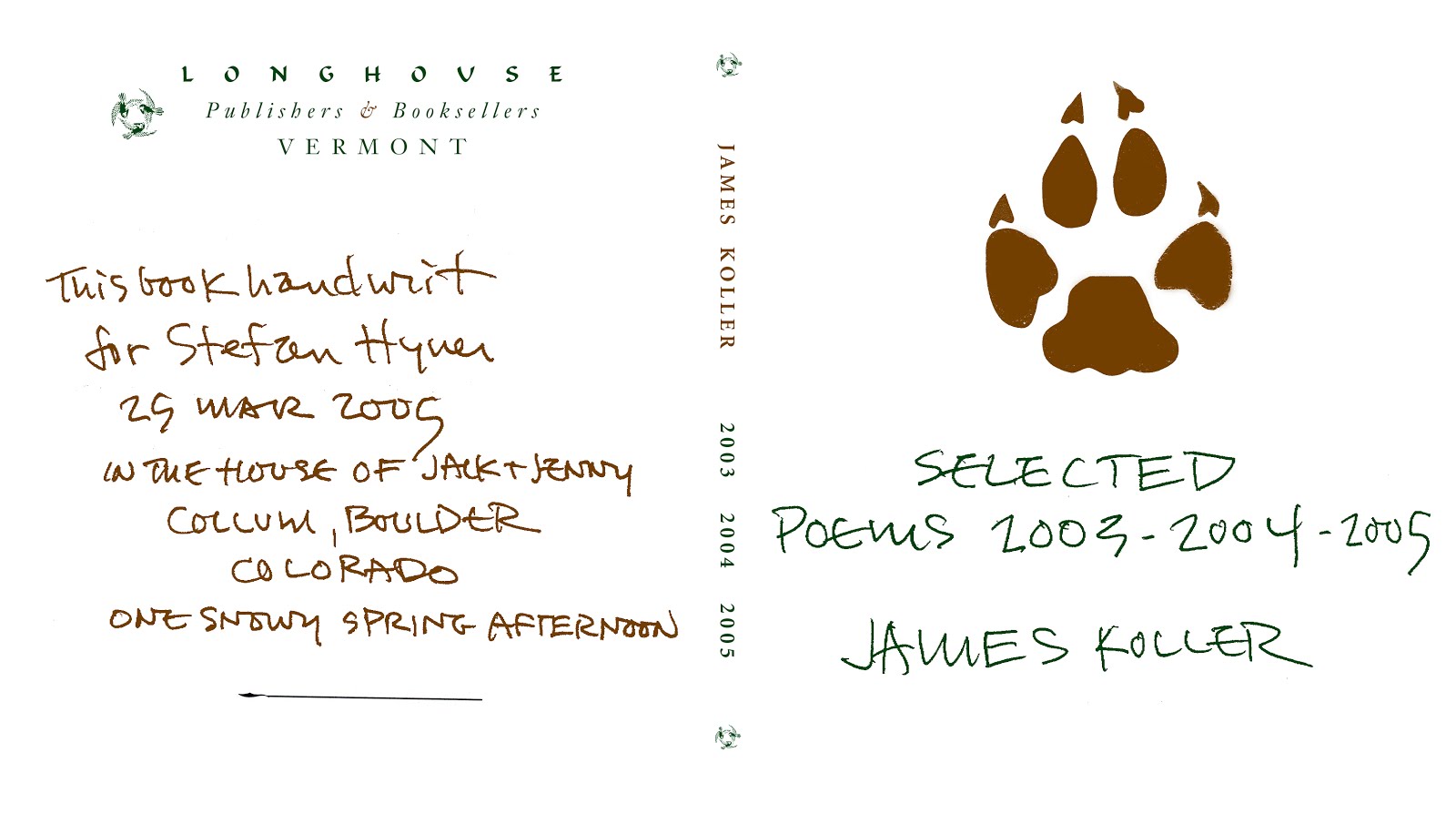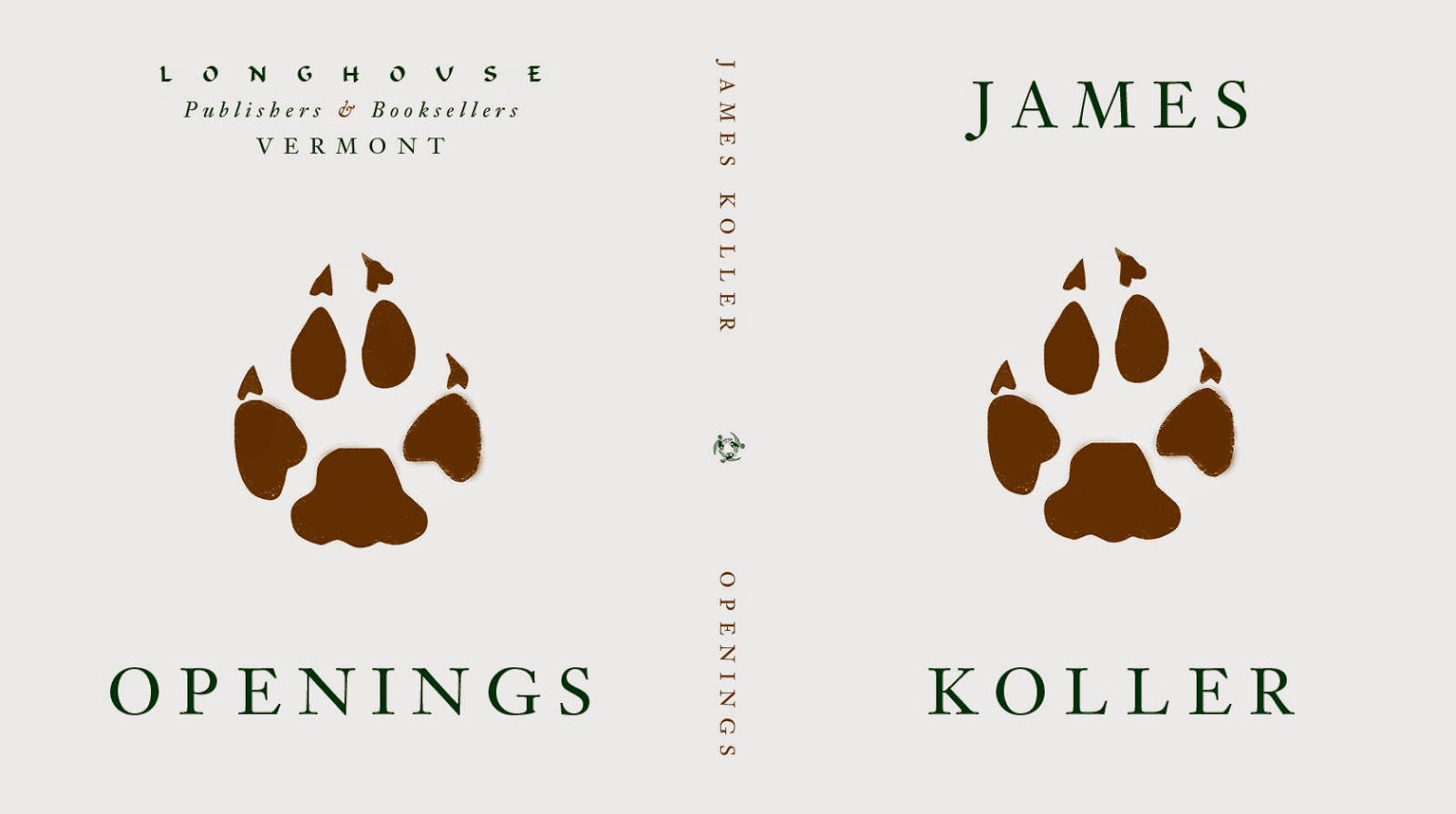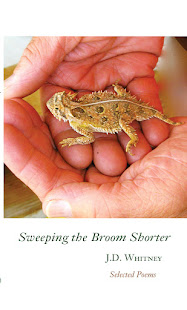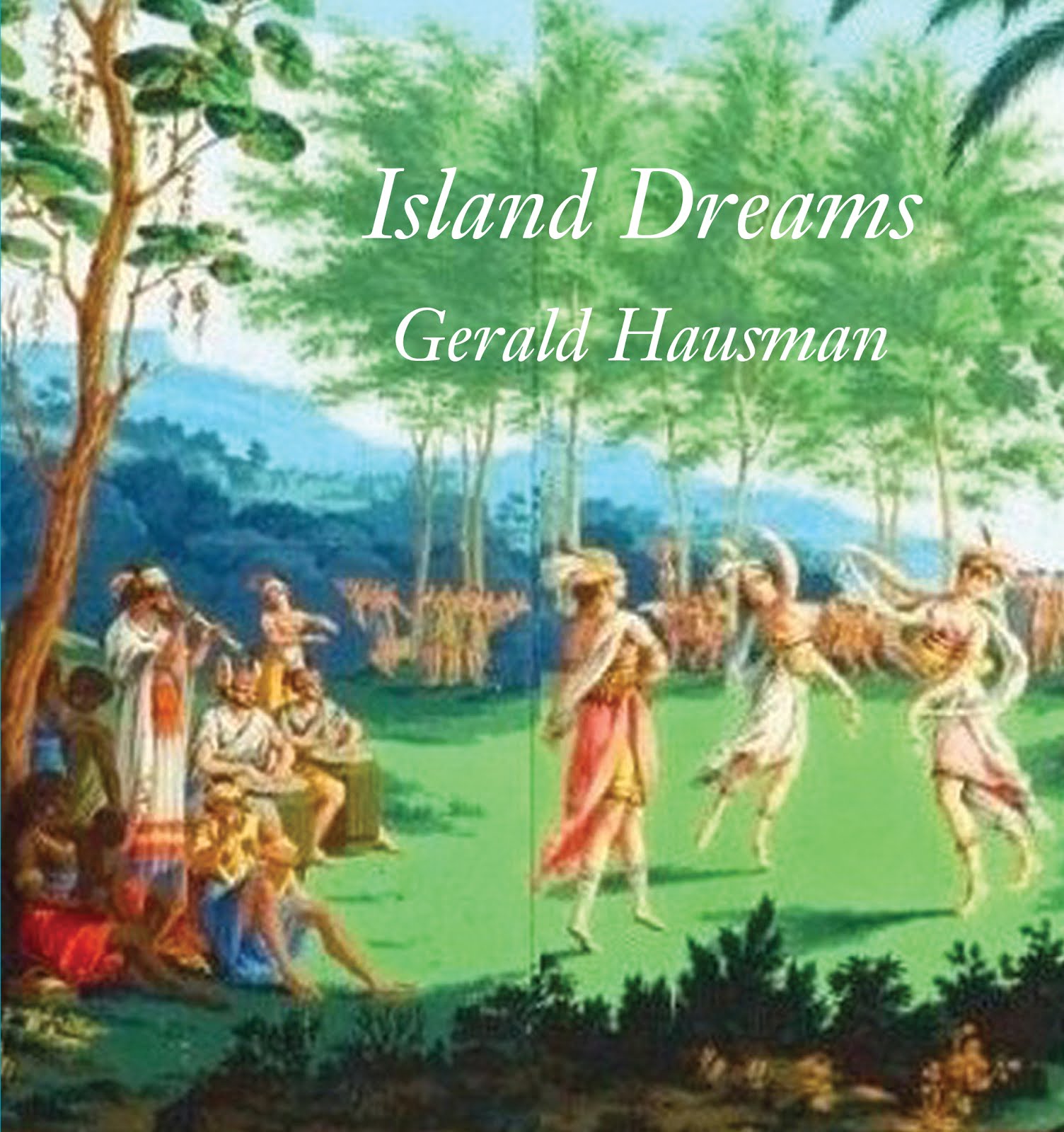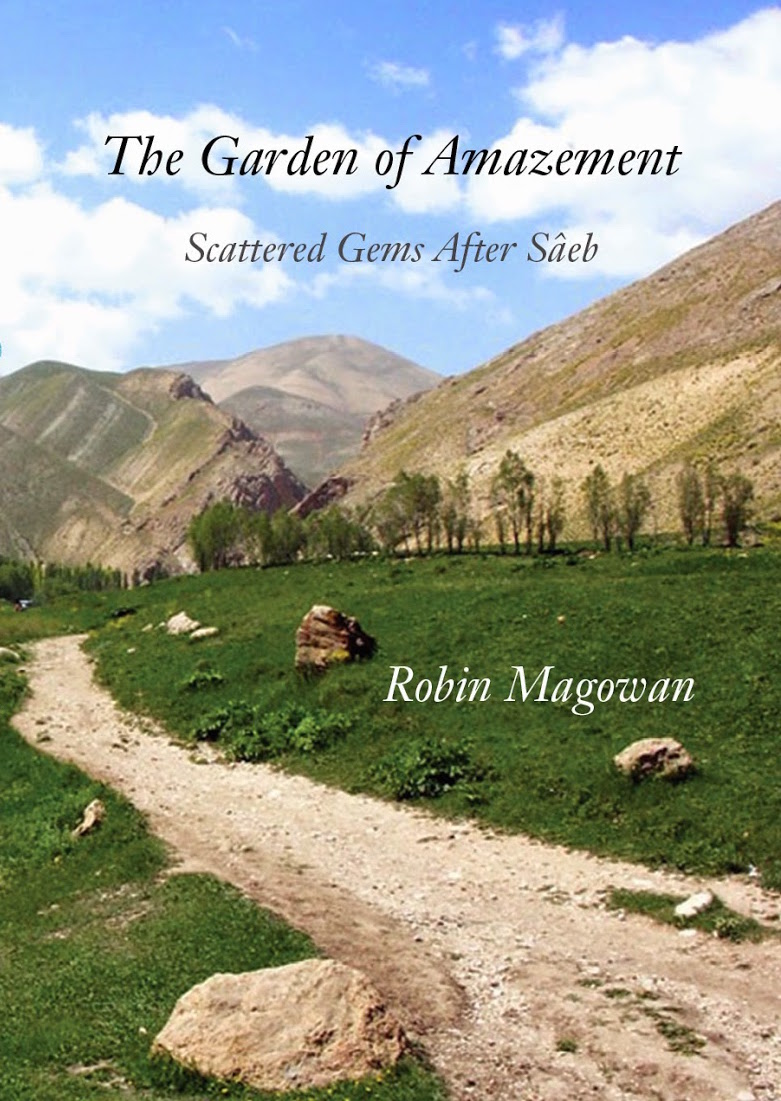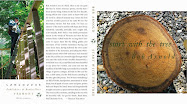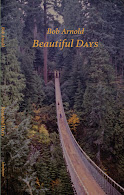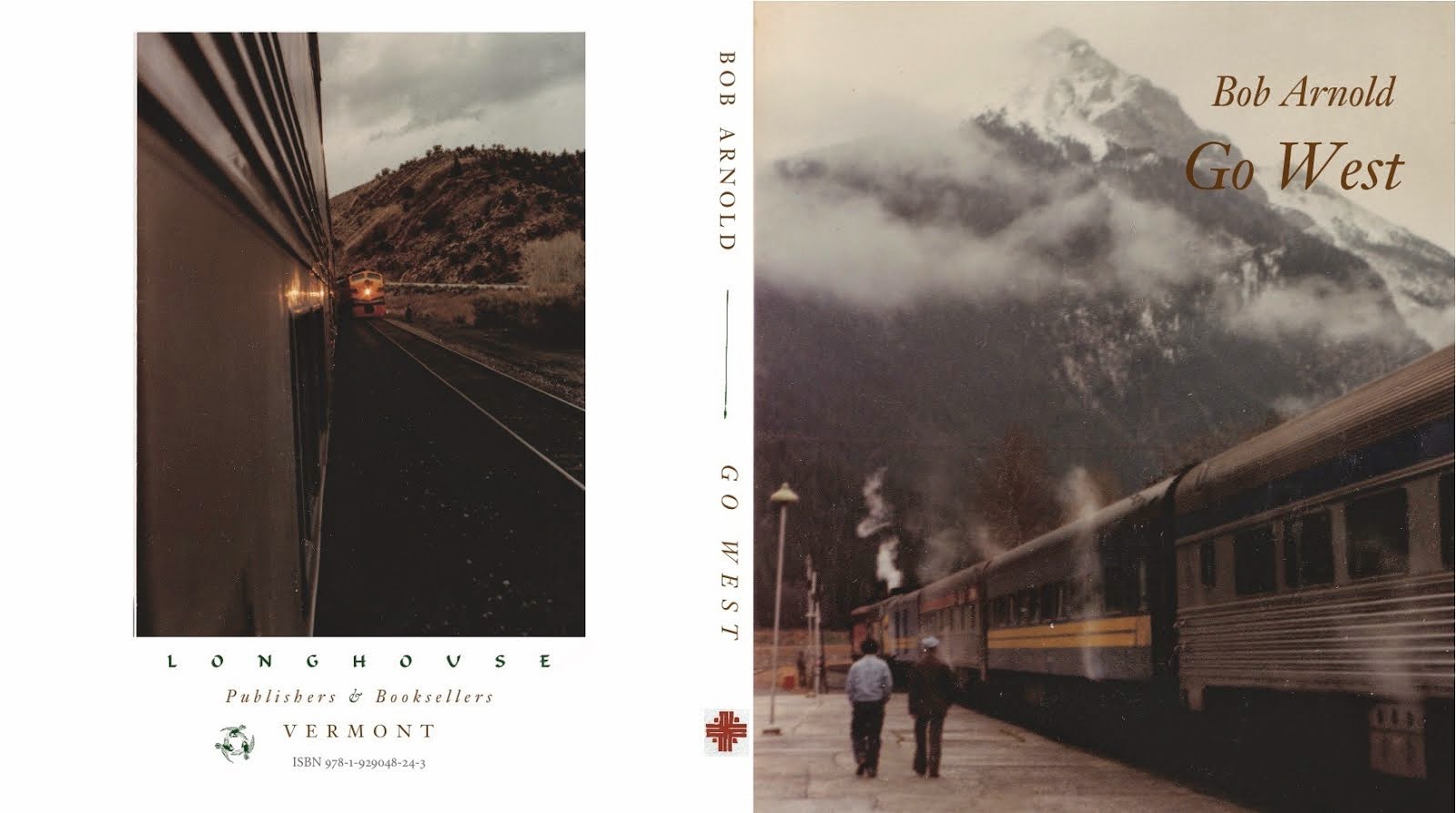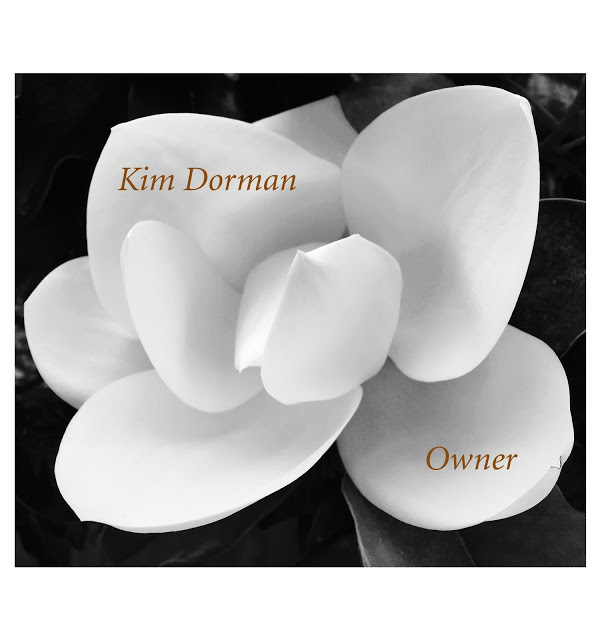Thursday, July 31, 2014
DO YOU MATTER? ~
More horseshit questions from the literary community who sound more and more like the Stupids to ask and re-ask: "Does Poetry Matter?"
Or —
"Do the Poor Matter?"
"Do Children Matter?"
"Does Health Care Matter?"
"Does Gaza Matter?"
ETC
Let Cid Corman Matter
Wednesday, July 30, 2014
CARLETON WATKINS ~
CARLETON WATKINS
1829-1916
Carleton Watkins traveled
west in the 1850’s in search of gold. Instead of finding gold, however, he
became known for his photographs of Yosemite, the Big Trees, and other natural wonders, mainly in California. He visited the Valley and Big Trees areas seven
times, the first trip being in 1861. Watkins was the
main photographer for the California Geological Survey in 1864-65. Survey
members eventually named the peak above Mirror Lake, Mount Watkins, in his honor. He was also well known for
his “mammoth” camera. It was, when extended, three feet long and thirty inches
wide and could produce a negative as large as 20x24 inches. He also carried a
stereo view camera. These cameras, as well as tripods, glass plates, portable
darkroom, etc. weighed as much as 2,000 pounds and had to be transported by
mule. Ralph Waldo Emerson decided that Watkins photographs of the Grizzly Giant “made the tree possible," for these photographs
provided evidence of its existence. He lost his studio in the San
Francisco earthquake in 1906, and passed on in 1916

Half Dome, Yosemite National Park
Yosemite Valley – 1866

Cathedral Rock and spire, with
lake and trees in foreground,
Yosemite
National Park, Calif. –
1860

Bridalveil
Fall, Yosemite National Park, Calif. –
1865-66

Bridalveil Fall, Yosemite National Park, Calif. – 1860

Cathedral Spires, Yosemite
National Park, Calif. –
1860

Stream and trees with Half Dome
in background, Yosemite Valley, Calif. –
1865-66

Stream and trees with Nevada
Fall in background, Yosemite National Park, Calif. –
1860

Mirror View of El Capitan - 1872

Part of the Trunk of the Grizzley
Giant, Mariposa, California – 1861
[Individual in foreground is Galen Clark]

Grizzly Giant, Mariposa Grove – 1861

Yosemite Valley Panorama

First View of the Valley – 1866

Agassiz Column - Date Unknown
View down the Valley from Union point,
Yosemite – Date Unknown
The Yosemite Falls –
Date Unknown

Washington Column – Date Unknown
Flume Nevada Co, Cal.
(Stanford, 2014)
Tuesday, July 29, 2014
Monday, July 28, 2014
Sunday, July 27, 2014
Saturday, July 26, 2014
KURT SCHWITTERS ~
352 pages
|
22 color plates, 98 halftones
|
7 x 10
| Chicago
© 2013
German artist Kurt Schwitters
(1887–1948) is best known for his pioneering work in fusing collage and
abstraction, the two most transformative innovations of
twentieth-century art. Considered the father of installation art,
Schwitters was also a theorist, a Dadaist, and a writer whose influence
extends from Robert Rauschenberg and Eva Hesse to Thomas Hirschhorn. But
while his early experiments in collage and installation from the
interwar period have garnered much critical acclaim, his later work has
generally been ignored. In the first book to fill this gap, Megan R.
Luke tells the fascinating, even moving story of the work produced by
the aging, isolated artist under the Nazi regime and during his years in
exile.
Combining new biographical material with
archival research, Luke surveys Schwitters’s experiments in shaping
space and the development of his Merzbau, describing his
haphazard studios in Scandinavia and the United Kingdom and the smaller,
quieter pieces he created there. She makes a case for the enormous
relevance of Schwitters’s aesthetic concerns to contemporary artists,
arguing that his later work provides a guide to new narratives about
modernism in the visual arts. These pieces, she shows, were born of
artistic exchange and shaped by his rootless life after exile, and they
offer a new way of thinking about the history of art that privileges
itinerancy over identity and the critical power of humorous inversion
over unambiguous communication. Packed with images, Kurt Schwitters completes the narrative of an artist who remains a considerable force today.
Michael White, University of York
“A surprising
and penetrating account of ‘Merz,’ this book gives Schwitters his
rightful place at the very heart of the theorization of modernism
and offers one of the most illuminating accounts I have come across
of the implications of his practice for the intersections of art and
identity.”
Nancy J. Troy, Stanford University
“This is a powerful and
exceptionally articulate treatment of a complex and fascinating artist
whose work is diverse and often eccentric, but also important and
extraordinarily influential in its time and after. No other scholar has
granted Schwitters’s late work the depth of appreciation and importance
that Luke accords the output of this period. She brings to this project a
keen sensitivity to the formal issues that lie at the heart of
Schwitters’s work and ideas across his entire career. Her book makes a
significant contribution to the literature on Schwitters and should be
read by scholars and students of both modern and postmodern art.”
Ralph Ubl, University of Basel
“This book joins
rigorous scholarship and rich close readings, providing readers with a
compelling and comprehensive new interpretation of Kurt Schwitters’s
artistic, literary, and theoretical work. But it does much more than
that. Questioning the art-historical preference for beginnings, it looks
at Dada, constructivism, and other crucial moments of avant-garde art
from the viewpoint of the aging and exiled artist. This change of
perspective offers a lesson of far-reaching significance for our
increasingly dis- tant take on twentieth-century art: that modernism
itself persevered and thrived thanks to engaging deeply with its own
increasingly remote past.”
Friday, July 25, 2014
Thursday, July 24, 2014
Wednesday, July 23, 2014
IVAN ALBRIGHT ~
Once upon a time, between train rides, we caught this show in Chicago. I wouldn't find the catalog to the show until many years later, on the bottom of a slush pile, a little damp worn, all intact. I'm having a little trouble shooting this short film since I'm holding the camera in one hand and moving the book around with the other. The river is spring gorged and rainy outdoors rushing by. The very first time I saw an Albright painting was again passing through a northern town, maybe Hanover, New Hampshire that time, and the paintings were up on display and they were thickly gaudy wonders of immense power. Daring. Meant to be neglected. Coming forth after a long time of neglect. Albright could have been someone Rembrandt would have talked to. Here's a bit of his world passing by the camera.
once in vermont films 2014 © bob arnold
Tuesday, July 22, 2014
FRANK O'HARA'S LUNCH ~
The great book. Now re-issued in its original format by its original publisher but for the first time in hardback with all its glory orange shining off the bookshelf. John Ashbery offers a short introduction which somehow could have done better. Beside the poems, still fresh as bananas, is the facsimile correspondence between publisher Lawrence Ferlinghetti and Frank O' Hara at the back of the book, which includes O'Hara's polite request for Ferlinghetti to reconsider putting the gem poem "Personal Poem" back into the final manuscript. He did.
Frank O'Hara
Lunch Poems
City Lights 2014
Personal Poem
Now when I walk around at lunchtime
I have only two charms in my pocket
an old Roman coin Mike Kanemitsu gave me
and a bolt-head that broke off a packing case
when I was in Madrid the others never
brought me too much luck though they did
help keep me in New York against coercion
but now I’m happy for a time and interested
I walk through the luminous humidity
passing the House of Seagram with its wet
and its loungers and the construction to
the left that closed the sidewalk if
I ever get to be a construction worker
I’d like to have a silver hat please
and get to Moriarty’s where I wait for
LeRoi and hear who wants to be a mover and
shaker the last five years my batting average
is .016 that’s that, and LeRoi comes in
and tells me Miles Davis was clubbed 12
times last night outside BIRDLAND by a cop
a lady asks us for a nickel for a terrible
disease but we don’t give her one we
don’t like terrible diseases, then
we go eat some fish and some ale it’s
cool but crowded we don’t like Lionel Trilling
we decide, we like Don Allen we don’t like
Henry James so much we like Herman Melville
we don’t want to be in the poets’ walk in
San Francisco even we just want to be rich
and walk on girders in our silver hats
I wonder if one person out of the 8,000,000 is
thinking of me as I shake hands with LeRoi
and buy a strap for my wristwatch and go
back to work happy at the thought possibly so
I have only two charms in my pocket
an old Roman coin Mike Kanemitsu gave me
and a bolt-head that broke off a packing case
when I was in Madrid the others never
brought me too much luck though they did
help keep me in New York against coercion
but now I’m happy for a time and interested
I walk through the luminous humidity
passing the House of Seagram with its wet
and its loungers and the construction to
the left that closed the sidewalk if
I ever get to be a construction worker
I’d like to have a silver hat please
and get to Moriarty’s where I wait for
LeRoi and hear who wants to be a mover and
shaker the last five years my batting average
is .016 that’s that, and LeRoi comes in
and tells me Miles Davis was clubbed 12
times last night outside BIRDLAND by a cop
a lady asks us for a nickel for a terrible
disease but we don’t give her one we
don’t like terrible diseases, then
we go eat some fish and some ale it’s
cool but crowded we don’t like Lionel Trilling
we decide, we like Don Allen we don’t like
Henry James so much we like Herman Melville
we don’t want to be in the poets’ walk in
San Francisco even we just want to be rich
and walk on girders in our silver hats
I wonder if one person out of the 8,000,000 is
thinking of me as I shake hands with LeRoi
and buy a strap for my wristwatch and go
back to work happy at the thought possibly so
1959
Monday, July 21, 2014
Subscribe to:
Posts (Atom)



























